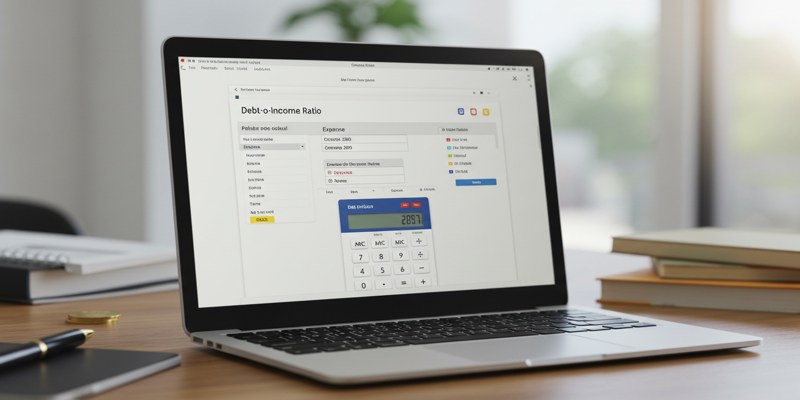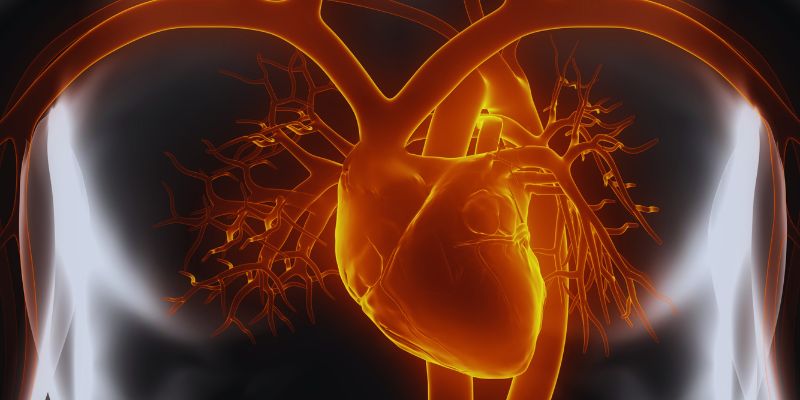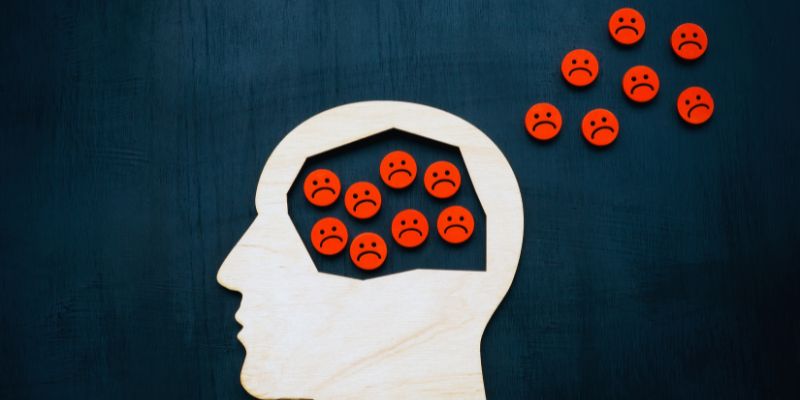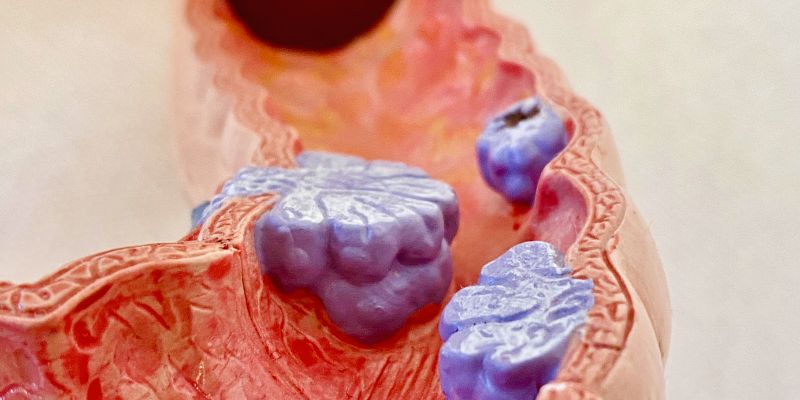Poliomyelitis (polio) is an infectious disease that mainly affects the nervous system and limbs, including muscles, and can cause paralysis in severe cases. It is spread by not maintaining proper hygiene, consuming contaminated foods, or touching contaminated surfaces. Poliovirus has several types, including abortive poliomyelitis, polio encephalitis, asymptotic, non-paralytic poliomyelitis, and paralytic poliomyelitis.
Each type has different symptoms ranging from mild to severe, from flu-like symptoms that last a few days to flaccid paralysis and, eventually, entire-body paralysis and, in severe cases, death. Polio is diagnosed by physical examination and lab tests. Though the condition does not have any cure, its symptoms can be reduced by physical therapy. Polio can be prevented through vaccines. If you want further details about poliomyelitis, then keep on reading.
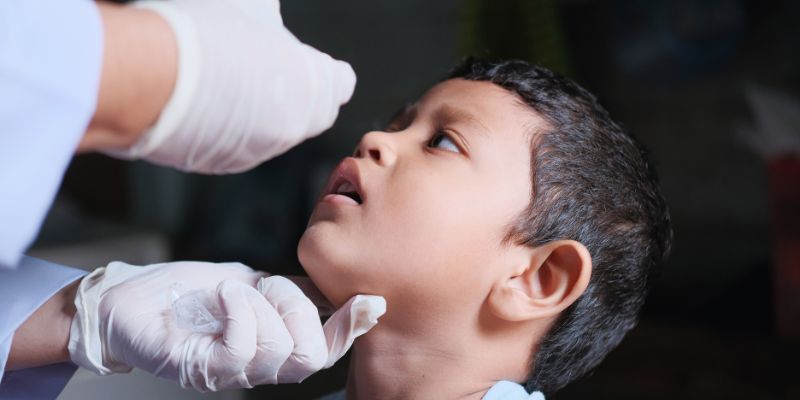
What Is Polio: An Overview
Polio (poliomyelitis) is an acute and severe infectious disease. It is highly contagious and quickly spreads from one person to another. In most people, it does not show severe symptoms. But, in some people, polio can cause damage to the nervous system and motor neurons, leading to flaccid paralysis, which causes difficulty breathing and limbs.
In severe cases, polio can lead to paralysis and death. The polio virus has three variations: type 1, 2, and 3. Types 2 and 3 no longer exist, but type 1 still exists in some parts of the world. Efforts are still underway to eradicate the polio virus!
What Are The Causes Of Polio?
The polio virus that causes polio belongs to the same family of enteroviruses that causes mouth and limb diseases. Poliovirus spreads through contact with the infected person or through coughing or sneezing. Some of the major causes of polio are:
- Not washing your hands properly after using the bathroom
- Drinking polluted or contaminated water
- Consuming foods that have come in contact with contaminated water
- People may be affected by the virus by swimming in pools where a person having diarrhea has swum
- Coming in close contact with infected persons or touching contaminated items or surfaces
Once the virus has entered the body, it multiplies in the throat, moves to the stomach and intestines, and eventually enters the bloodstream, causing paralysis. However, there is less than 1% chance it will enter the bloodstream.
What Are The Different Types Of Polio?
Polio affects the body differently based on how viruses multiply and attack. Types of polioviruses and their symptoms are as follows:
- Abortive Poliomyelitis lasts a few days and causes flu-like symptoms, such as fatigue, sore throat, headaches, low-grade fever, and loss of appetite. It also causes intestinal symptoms, such as abdominal pain, vomiting, and other gut-related issues. These symptoms do not affect long-term health.
- Polioencephalitis is a rare type of poliovirus that causes the brain to swell. It mainly affects infants.
- Asymptotic: Most people affected by the polio virus are asymptotic, around 70-90%, but they can infect others.
- Non-Paralytic Poliomyelitis: Its symptoms begin with abortive poliomyelitis and are followed by aseptic meningitis. Other symptoms include neck pain, sensitivity to light tingling or pinning sensation in limbs, muscle pain, weakness, and reduced mobility. One percent of people affected by the polio virus suffer from non-paralytic poliomyelitis. Symptoms return to normal without causing paralysis.
- Paralytic Poliomyelitis: It affects the brain and spinal cord and causes less than 1% of people with poliovirus to suffer from this type of poliovirus. Its symptoms are divided into two stages:
- Stage 1: Symptoms start similar to those of abortive poliomyelitis, followed by increased muscle pain, weakness, and spasms in different parts of the body. Muscle reflexes begin to weaken, and paralysis is set to develop within 48 hours. Paralysis is generally followed by symptoms of flaccid paralysis in the legs, arms, chest, and abdomen. It usually affects one side rather than both sides of the body. It does not affect the sensory system.
- Stage 2: In this stage, acute paralysis occurs and affects the part of the brain responsible for breathing, circulation, eating, and speaking, leading to difficulty in speech. It also affects the respiratory system and eventually death.
How Is Polio Diagnosed?
A doctor may diagnose by physical exams, such as testing knee and ankle reflexes, stiffness of the neck, and muscle strength. The doctor may also ask about difficulty breathing, speaking, or swallowing. The doctor may also ask you about the symptoms of polio because they are similar to flu-like symptoms.
If you have updated your travel history recently, let your doctor know. Your doctor may take samples of the following to run tests for polio diagnosis:
- Saliva from your throat
- Feces
- Blood
- Cerebrospinal Fluid
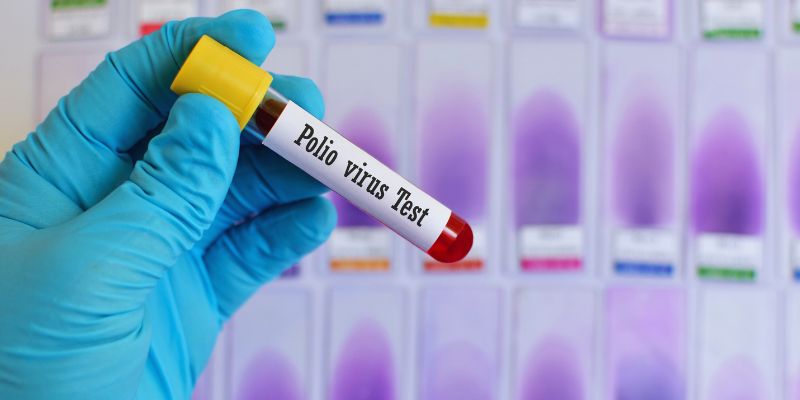
Treatment Of Polio
Polio does not have specific treatment as it is a non-curable disease. However, to reduce the symptoms as much as possible, its treatment generally includes:
- Providing you with pain relievers to alleviate the pain
- If your muscles are weakened or paralyzed, you will receive physical therapy to prevent loss of muscle mass and bone deformation.
- If your breathing muscles are weakened or completely paralyzed, mechanical support will help you breathe.
- Swallowing exercise with strengthening tongue muscles
- Using heat packs for muscle pain
- Getting plenty of rest.
Prevention Of Polio:
You can prevent the poliovirus by getting the vaccine and maintaining proper hygiene. Vaccines against the polio virus are usually given in childhood, but if you haven't gotten them yet, you may ask your doctor to set a vaccination schedule. The first dose of vaccine is given when a child is 2 months old, following a series of vaccines at the ages of 4 months, 8 months, and 18 months old, until the child gets a final booster shot at the age of 4. Proper hygiene measures, such as washing hands after using the bathroom, washing hands before and after meals, and consuming clean foods, can effectively reduce the risks of developing poliovirus.
Conclusion:
Polio is a highly contagious disease and belongs to the enteroviruses family. It is spread through the oral-oral route and fecal-oral route. Polio is mainly of five types, each with varying symptoms, from flu to severe symptoms that lead to death. The virus mainly affects muscles, causing paralysis. The condition is diagnosed by taking samples, running lab tests, and a physical examination. Some of the symptoms include difficulties in breathing and speech. It doesn't have any medical treatments except that people with polio are given physical therapies in case their breathing muscles are paralyzed. Vaccines are given to children to prevent polio.



